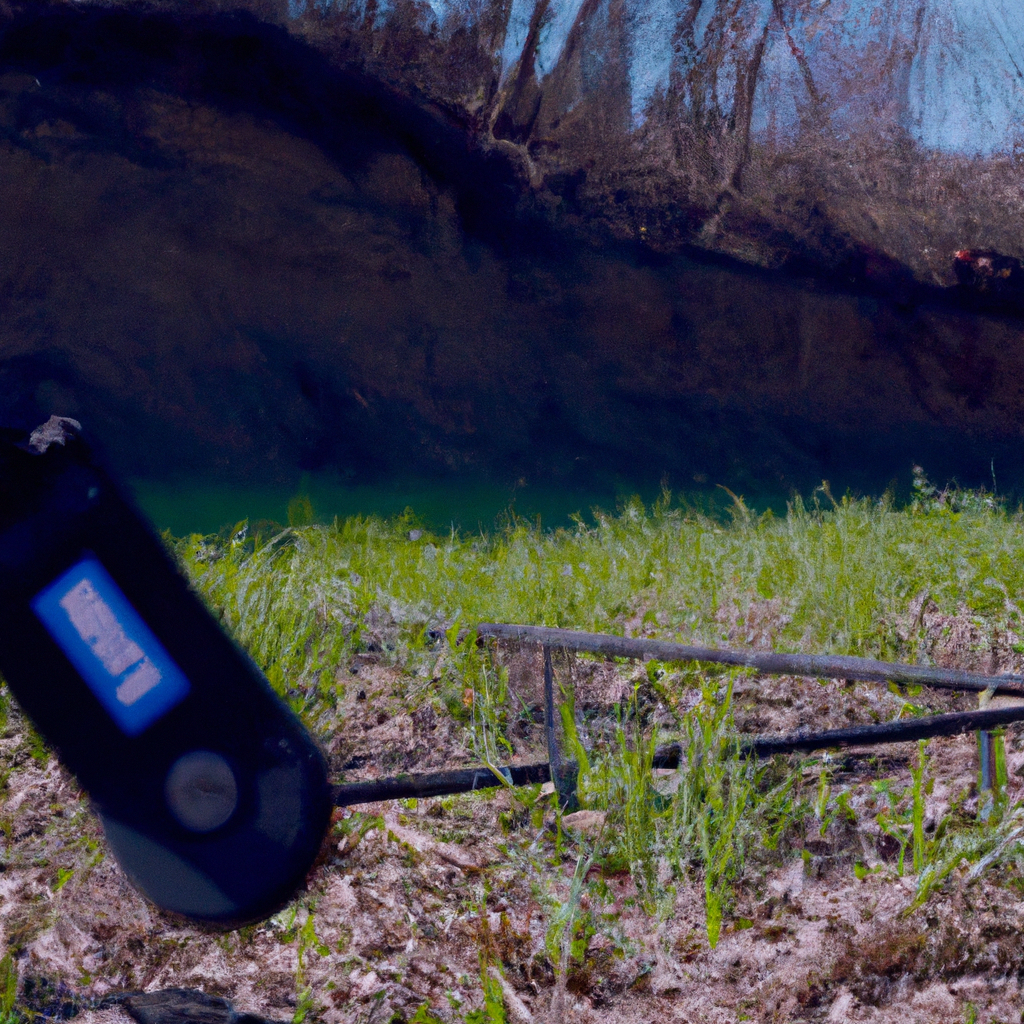A metal detector is a device that is used to detect and locate metal objects. It works by using electromagnetic fields to sense metal and can be used for various applications, such as treasure hunting, security screening, and geological exploration. In this article, we will explore how a metal detector detects metal, the types of metal detectors available, and the principles behind metal detection.
How does a metal detector detect metal?
A metal detector detects metal by using electromagnetic fields to induce a current in the metal. When a metal object is brought near the metal detector, it disturbs the electromagnetic field and creates an eddy current in the metal. This eddy current produces its own magnetic field that interacts with the electromagnetic field of the metal detector. The result is a change in the electromagnetic field that is detected by the metal detector.
Types of metal detectors
There are two main types of metal detectors: VLF (very low frequency) and PI (pulse induction). VLF metal detectors are the most common type and work by transmitting a low-frequency signal into the ground. The signal bounces off metal objects and is detected by the metal detector. The detector then produces an audible or visual signal to indicate the presence of metal.
PI metal detectors, on the other hand, use a pulse of high-frequency current to create a magnetic field in the ground. When a metal object is present, it disrupts the magnetic field, and the detector produces a signal. PI metal detectors are better at detecting deep targets and are often used in industrial applications.
Principles behind metal detection
The principles behind metal detection are based on electromagnetic fields and the interaction between metal objects and these fields. When an electromagnetic field is generated by a metal detector, it induces a current in any metal object present. This current produces its own magnetic field, which interacts with the electromagnetic field of the metal detector. The result is a change in the electromagnetic field that is detected by the metal detector.
Factors affecting metal detection
Several factors affect metal detection, including the size and shape of the metal object, the type of metal, and the depth of the object. Larger metal objects are easier to detect than smaller ones, while objects made of conductive metals such as copper and silver are easier to detect than non-conductive metals such as aluminum.
The depth of the metal object also affects detection. As the distance between the metal object and the metal detector increases, the strength of the eddy current decreases, and the ability of the detector to detect the object decreases as well. This is why metal detectors are often adjusted for specific applications.
Conclusion
In conclusion, metal detection is based on the principles of electromagnetic fields and the interaction between metal objects and these fields. Metal detectors use electromagnetic fields to sense metal objects and can be used for various applications, such as treasure hunting, security screening, and geological exploration. The two main types of metal detectors are VLF and PI, and several factors affect metal detection, including the size, shape, type, and depth of the metal object. Understanding these principles can help you choose the right metal detector for your specific application and improve your chances of detecting metal accurately.







